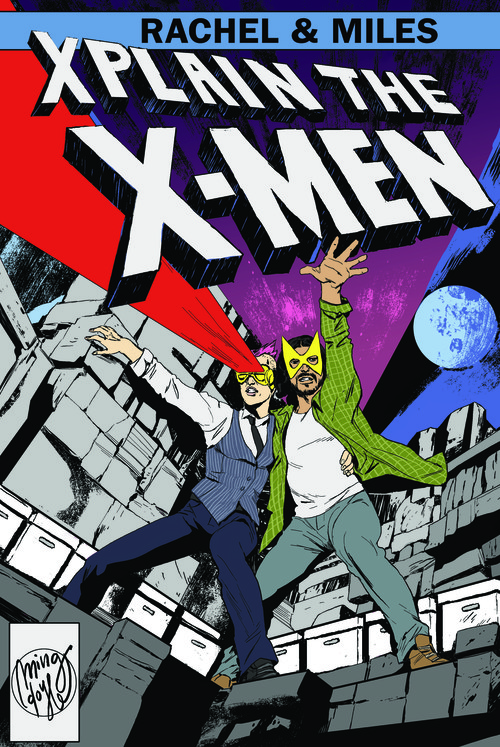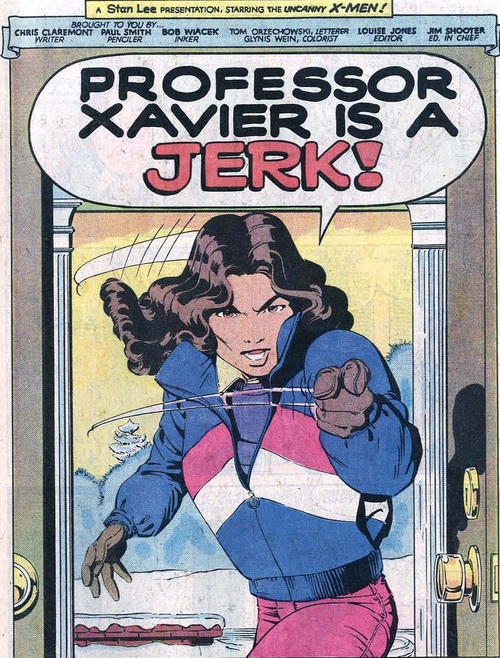
A Review of Rachel and Miles X-Plain the X-Men by Stephen Burt
CENTRAL QUESTION: What can we learn from overhearing a long conversation about superhero comics?
PODCAST SITE: rachelandmiles.com/xmen
FAQs (PARTIAL LIST): “Where should I start?” (X-Men Season One or Giant-Size X-Men #1); “Can I be a guest or Emergency Backup Co-Host?” (no).
NON-AUDIO SIDELIGHTS MADE POSSIBLE BY CROWDFUNDING: video reviews of current titles; T-shirts that say “Magneto Made Some Valid Points”
BASE OF OPERATIONS: Portland, Oregon
OTHER COMICS PEOPLE BASED IN PORTLAND: Brian Michael Bendis; Joelle Jones; Jamie Rich; Sara Ryan; Craig Thompson; Douglas Wolk.
Here is one way to create a first-rate podcast. Pick something you know an awful lot about—and something your best friend, or life partner, knows well too. Your repartee will become the heart of the form. Pick a topic that some other people take seriously enough that they might want to hear about it for (say) half an hour, but not so seriously that they won’t want jokes. Make it a topic big enough that you can return to it again and again, without exhausting its devotees, no matter how narrow it seems to the rest of the world.
Then break that topic up into connected, potentially independent slices, like chapters in a continuing serial narrative, so that you can create running jokes, but newbies can enter at any point. Arrange for a signature opening. Use music (a theme song) and sound effects (reverb, say) lightly: do not overwhelm your speaking voice. Use copious notes and an outline to guide conversation. Show off the intimacy, and the informality, that fits the podcast form—but take advantage, too, of the way it gives you time to research and prepare. Put images and other extras on a Tumblr. The podcast should feel as if listeners were at home, or out to lunch, with the pair of you, hearing you argue congenially or egg each other on.

“Rachel & Miles” (their Twitter handle) are married, and both have worked in the comics industry; they began reading comics together in their teens, and speak with the speedy, grammatically correct, enthusiastic dialect of geek culture. They are the Hepburn and Grant of comics geeks: their sustained manner is reason enough to tune in.
But it is not the only reason. “Rachel and Miles X-Plain the X-Men” started in April 2014. It has continued each week, sometimes with guest stars, interviews or digressions (about, for example, this year’s X-Men movie). Most episodes, though, explain a major storyline or development in the comics, proceeding chronologically from the 1960s issues on. Right now they are up around Uncanny X-Men #181 and New Mutants #17, in episode...
You have reached your article limit
Sign up for a digital subscription and continue reading all new issues, plus our entire archives, for just $1.50/month.
Already a subscriber? Sign in




